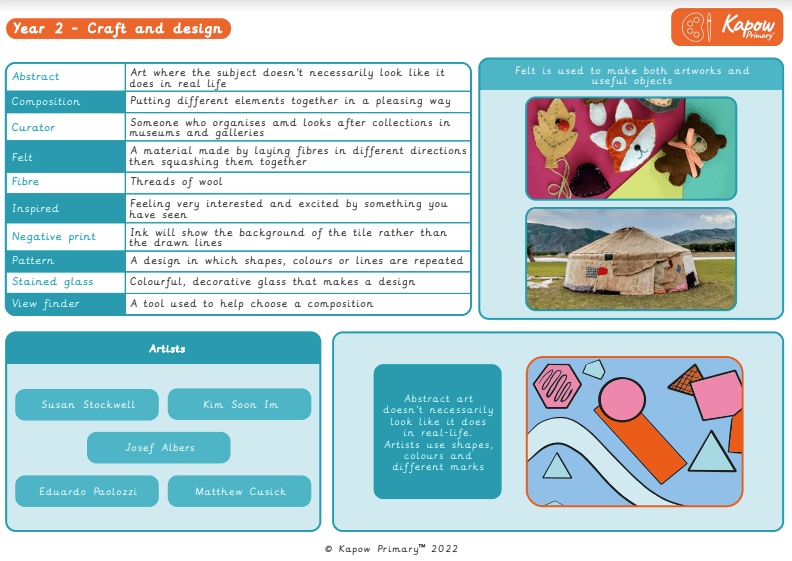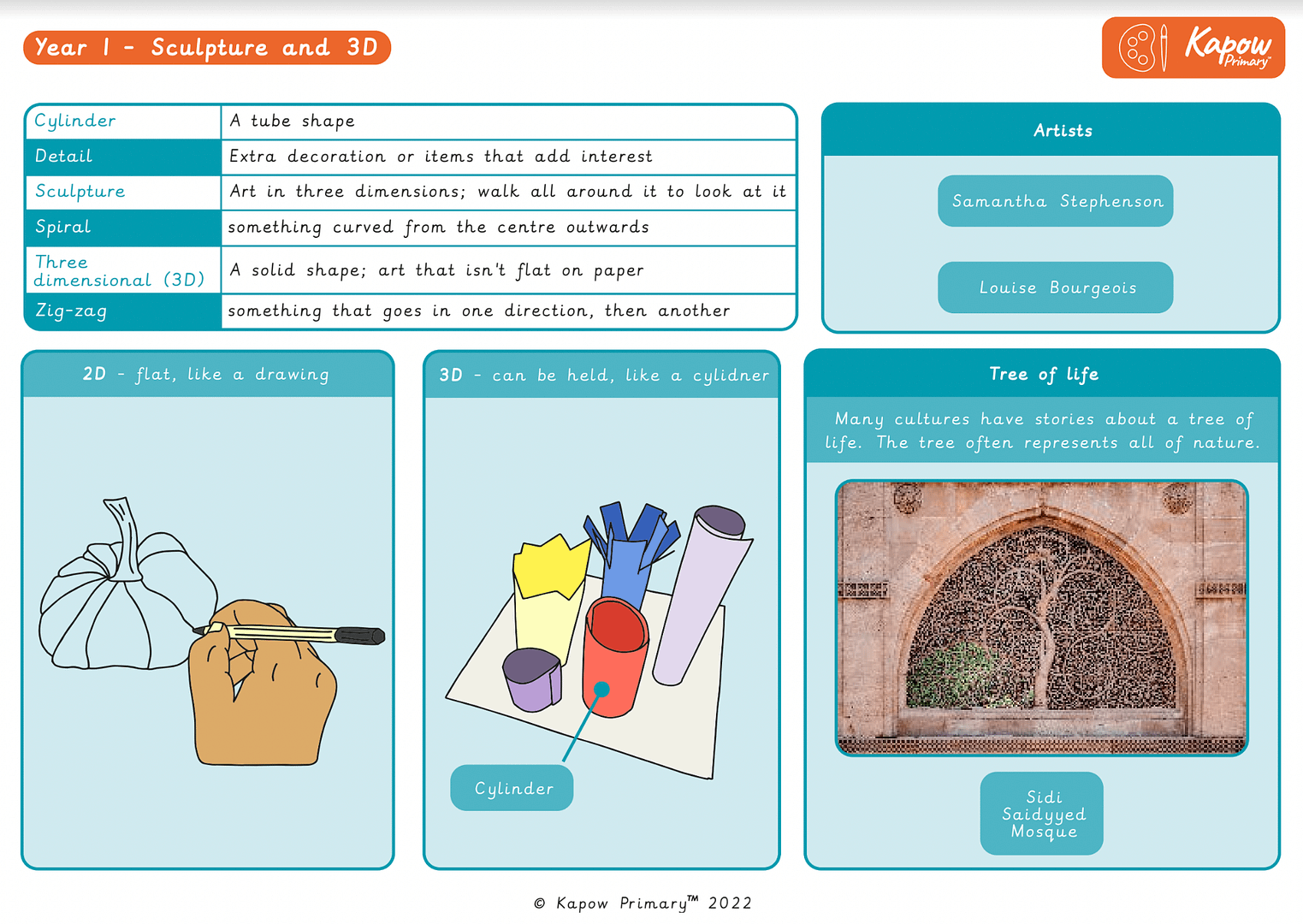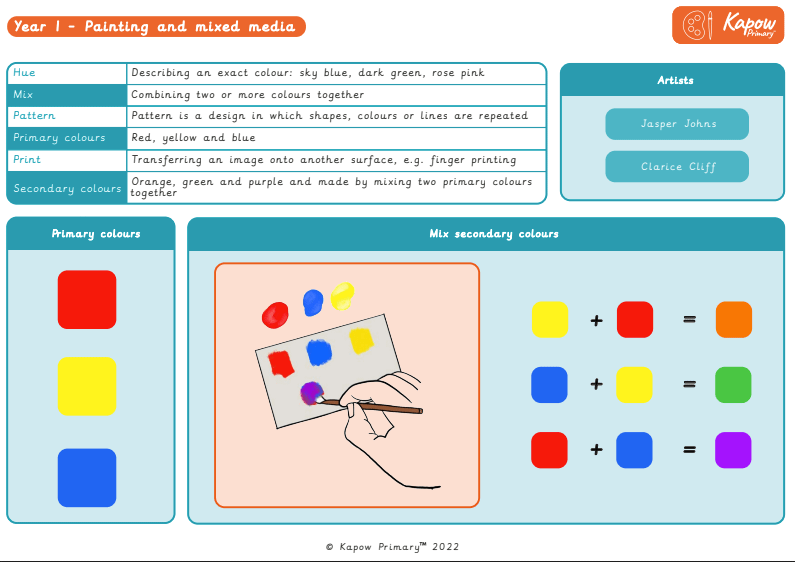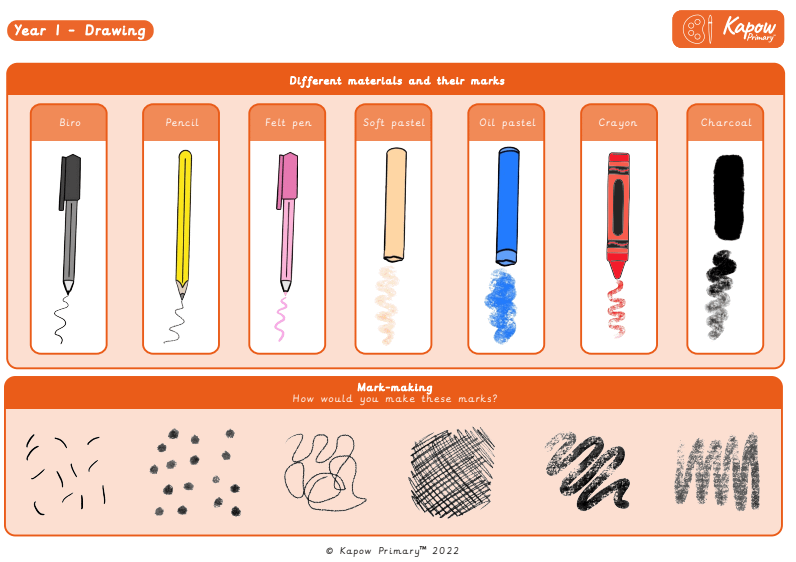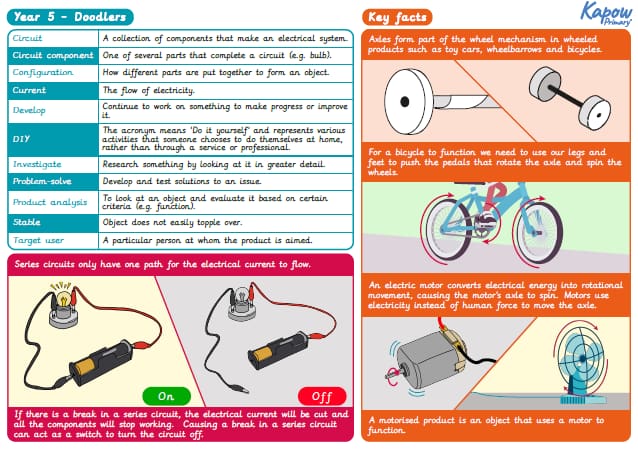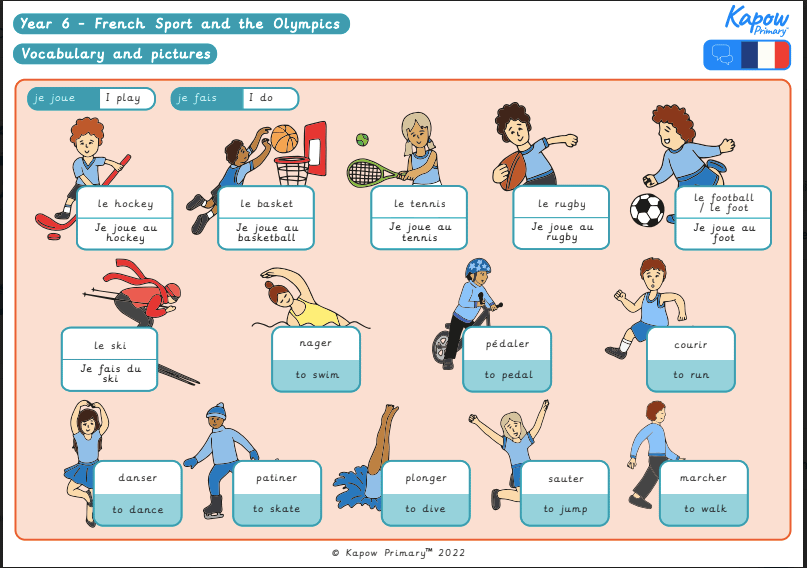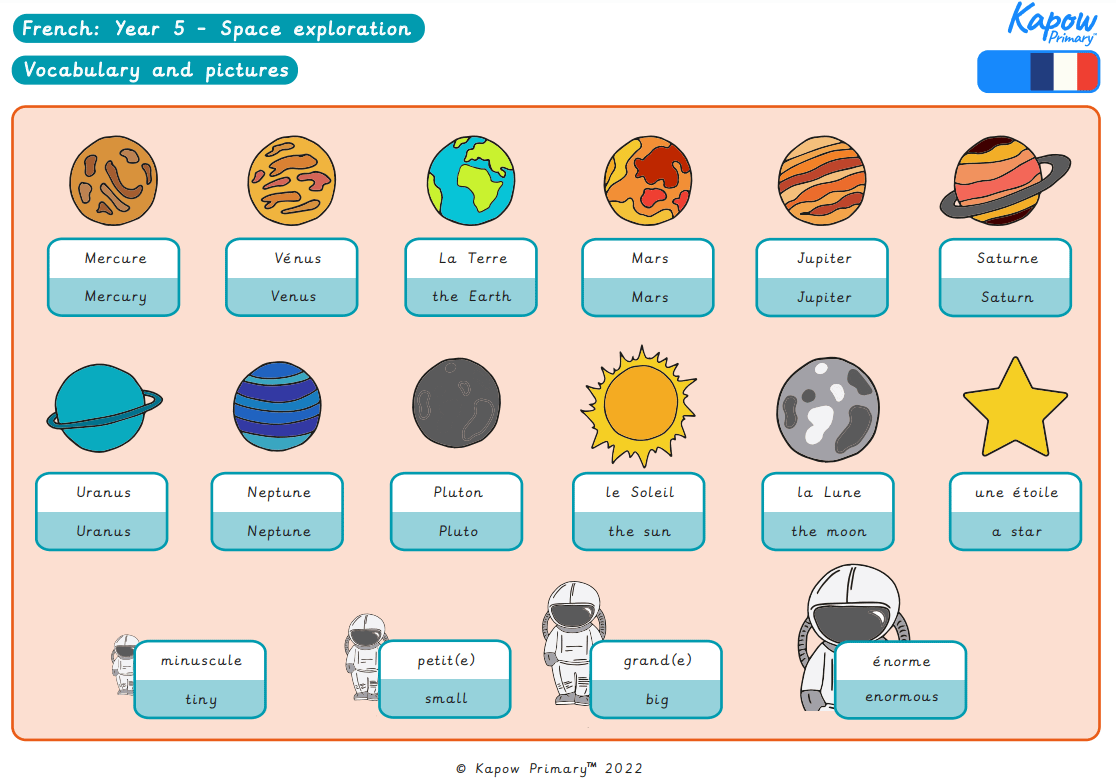Featured Document Type: Knowledge organiser
Knowledge organiser: Art & design – Y1 Sculpture and 3D
A Knowledge Organiser that captures the essential knowledge and skills learnt throughout the unit Art and Design, Year 1, Sculpture and 3D: Paper play.
This resource is designed to support pupils as they explore three-dimensional art using paper-based techniques. It introduces key vocabulary such as sculpture, cylinder, three-dimensional (3D), and detail, helping pupils distinguish between 2D and 3D forms. Pupils learn to use a variety of techniques—including scrunching, folding, zig-zagging, spiralling, rolling, and overlapping—to create textured and dynamic sculptures. The unit also introduces artists such as Samantha Stephenson and Louise Bourgeois and includes a cultural reference to the “Tree of Life” motif found in the Sidi Saiyyed Mosque. This resource encourages creative exploration and supports the development of early sculptural skills and spatial awareness.
Knowledge organiser: Art & design – Y1 Painting and mixed-media
A Knowledge Organiser that captures the essential knowledge and skills learnt throughout the unit Art and Design, Year 1, Painting and Mixed Media.
This resource is designed to support pupils as they experiment with colour mixing and pattern-making using a range of media. It introduces key terms such as primary colours, secondary colours, mix, hue, and print, and explains how to create patterns by repeating shapes, colours, and lines. Pupils explore techniques such as finger printing and mark-making with different brushes, while learning about influential artists like Jasper Johns and Clarice Cliff. With visual aids showing how to mix colours and apply texture through various tools, this unit reinforces foundational painting techniques and encourages creativity through mixed media.
Knowledge organiser: Art & design: Y1 – Drawing
A Knowledge Organiser that captures the essential knowledge and skills learnt throughout the unit Art and Design, Year 1, Drawing: Make your mark.
This resource is designed to support pupils as they explore line, shape, and texture through mark-making. It introduces key vocabulary such as geometric, irregular, texture, and observation, while helping pupils identify and describe different types of lines—horizontal, vertical, diagonal, wavy, cross-hatched, and broken. Pupils are also introduced to a range of drawing materials—such as biro, pencil, pastel, and charcoal—and the unique marks they create. This resource builds early drawing skills and confidence in artistic expression.
Knowledge organiser – DT: Y5 Electrical systems: Doodlers
(Archived) Knowledge organiser: Y6 French Sport and the Olympics
A Knowledge Organiser that captures the essential knowledge and skills learnt throughout the unit (Archived) French, Year 6, French Sport and the Olympics.
This resource is designed to support pupils in talking about sports, expressing opinions, and forming future-tense sentences in French. It introduces vocabulary for a wide range of sports and physical activities including le hockey, le ski, courir (to run), and nager (to swim), along with verbs such as jouer à (to play) and faire de (to do) in context. Pupils also learn how to express preferences using structures like J’aime courir mais je n’aime pas marcher and build fluency with the near future tense. This archived unit builds vocabulary and grammar confidence while promoting awareness of sporting culture in the Francophone world.
Knowledge organiser – French Y5: Space Exploration
A Knowledge organiser that captures the essential knowledge and skills learnt throughout the unit French, Year 5, Space Exploration.
This French resource is designed to help the pupils explore vocabulary and phrases related to space and space travel. It introduces key vocabulary such as planets, astronauts, rockets, gravity, and exploration, helping the pupils develop their French-speaking, listening, and reading skills. The pupils will also learn how to describe space-related concepts in French and expand their understanding of scientific terminology within a language-learning context.
Knowledge organiser: Y5 French verbs in a week
A Knowledge Organiser that captures the essential knowledge and skills learnt throughout the unit French, Year 5, Verbs in a French Week.
This resource is designed to support pupils in building vocabulary and sentence structures using high-frequency action verbs in French. It introduces ten key infinitive verbs such as manger (to eat), jouer (to play), and chanter (to sing), reinforced with clear visuals and English translations. Pupils practise present tense conjugations—particularly of chanter—across different pronouns, and explore two irregular verbs: être (to be) and avoir (to have). This unit is ideal for reinforcing foundational grammar and expanding everyday speaking and writing fluency.
Knowledge organiser: French Y5 Meet my French family
A Knowledge Organiser that captures the essential knowledge and skills learnt throughout the unit French, Year 5, Meet My French Family.
This resource is designed to support pupils as they learn to describe their family members and relationships in French. It introduces vocabulary for relatives, while reinforcing sentence structures like J’ai un frère, Je n’ai pas de sœur, and Mon frère s’appelle…. Pupils also explore the use of possessive adjectives (mon, ma, mes) and prepositions to describe family links. The unit helps consolidate essential grammar and builds confidence in speaking and writing about family life in French.

